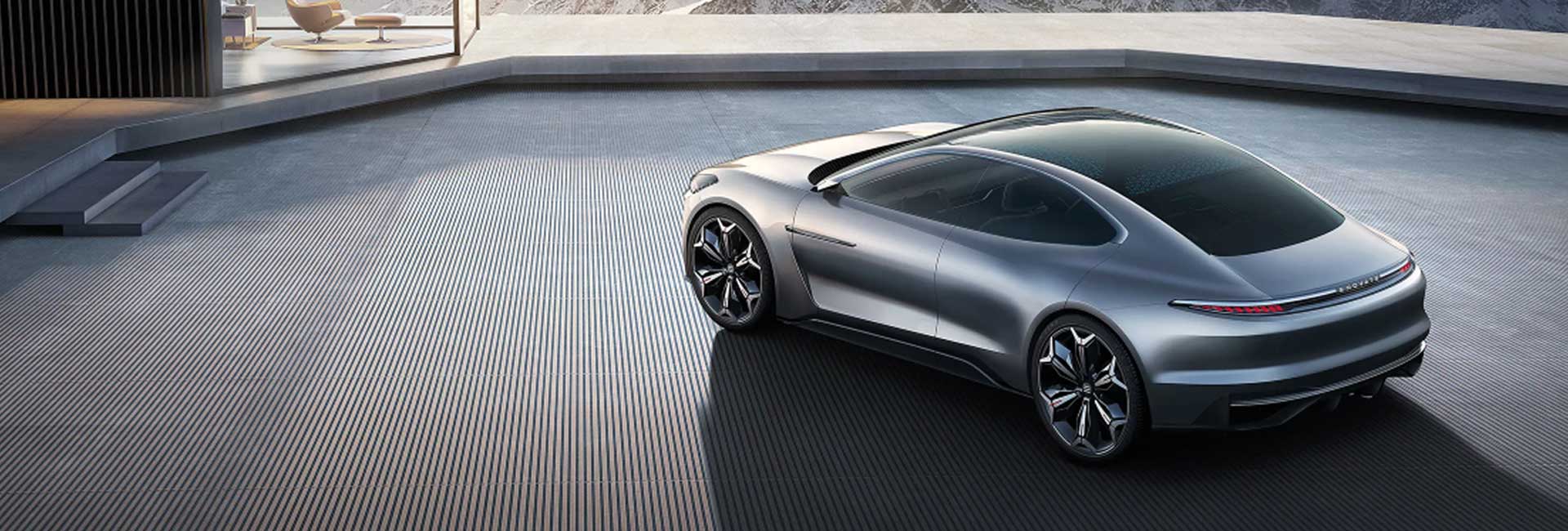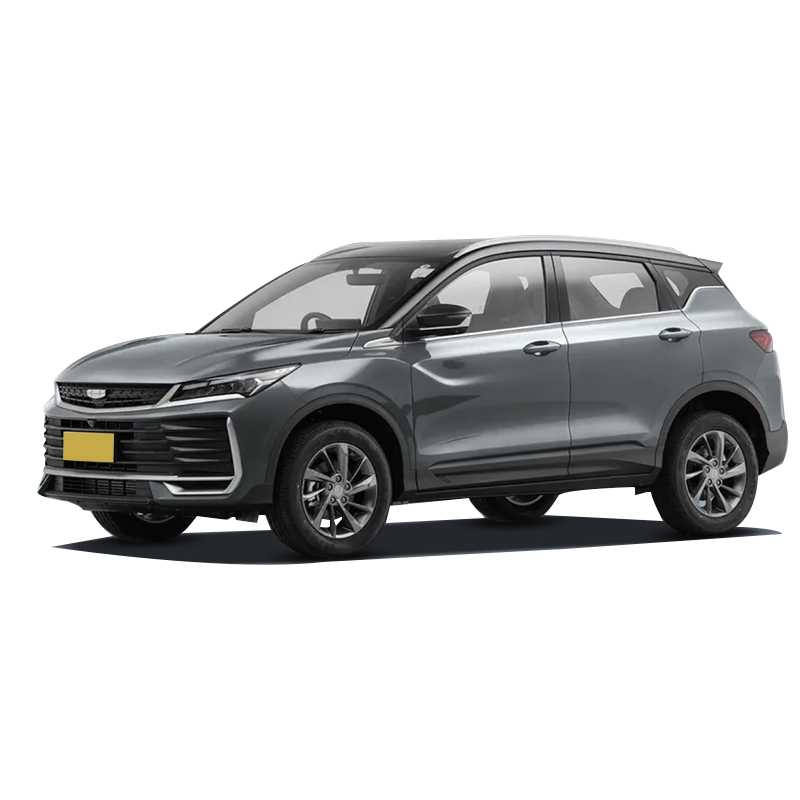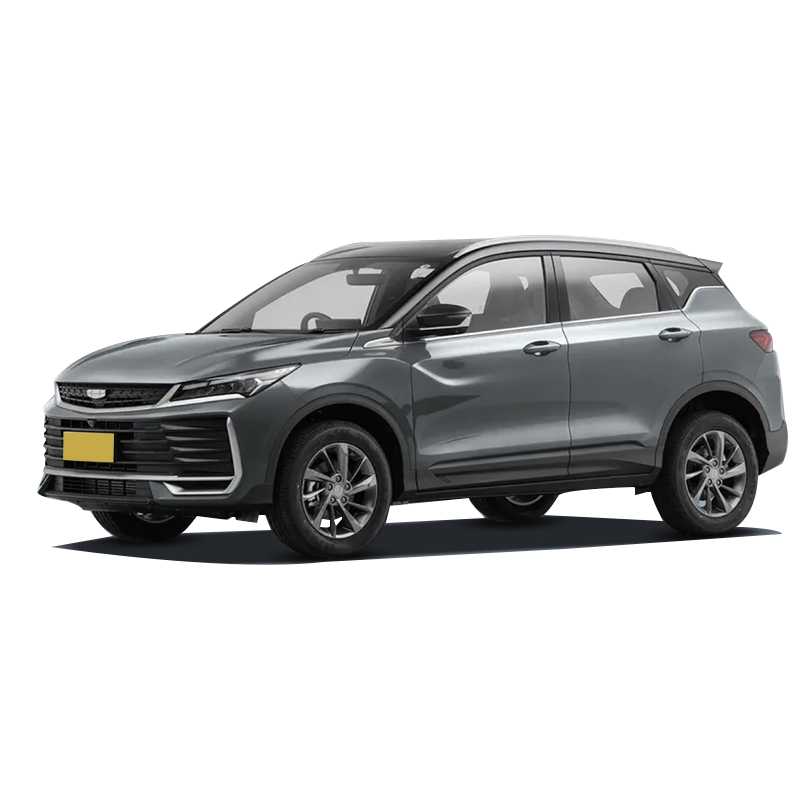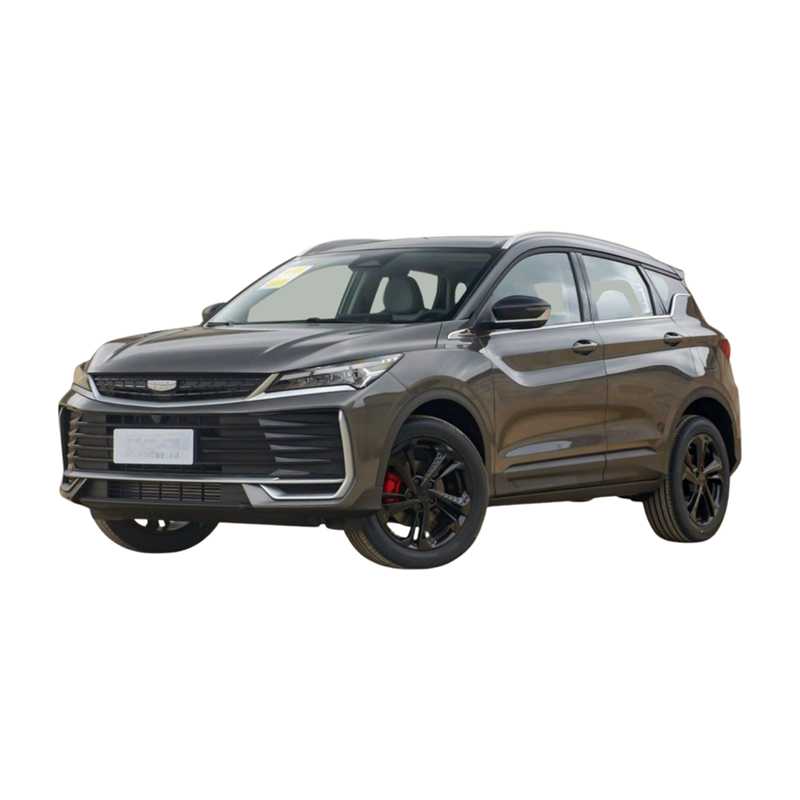
Geely Binyue vs Hyundai Creta – A Fair Battle?
Geely Binyue vs Hyundai Creta: Is It a Level Playing Field?
Introduction: A Showdown in the Compact SUV Segment
The compact SUV segment is heating up with manufacturers vying for consumer attention. Among the fierce competition, the Geely Binyue and the Hyundai Creta have emerged as notable contenders. But is the competition between these two models a fair battle, or are there skewed advantages? Let’s dive into the details and find out.

Design and Aesthetics: First Impressions Count
Geely Binyue: A Sleek Contender
The Geely Binyue boasts a modern and sleek design that is sure to catch the eye. With its sharp lines and LED headlights, it presents a bold front that challenges the notion of a budget SUV.
Hyundai Creta: A Familiar Face with a Twist
The Hyundai Creta has long been a fan favorite, and its latest iteration doesn’t disappoint. It carries forward the familiar Hyundai design language while adding its unique flair, creating an aesthetically pleasing vehicle.

Performance: The Heart of the Machine
Geely Binyue: Power Meets Efficiency
Under the hood, the Geely Binyue offers a range of engine options that promise both power and efficiency. Its turbocharged engines provide a satisfying drive, while the fuel economy is impressive for the class.
Hyundai Creta: Proven Performance
The Hyundai Creta is known for its reliable performance. Its engines are tuned for a balance of power and fuel efficiency, making it a practical choice for daily commutes and long drives alike.
Technology and Features: The Modern Edge
Geely Binyue: Packed with Tech
- Touchscreen infotainment system
- Smart connectivity features
- Advanced driver-assistance systems
The Geely Binyue comes with a host of technological features that are usually found in higher-end vehicles, giving it a competitive edge.
Hyundai Creta: A Tech Powerhouse
- Intuitive infotainment system
- Comprehensive safety features
- Smartphone integration
The Hyundai Creta doesn’t lag behind in the tech department, offering a well-rounded package that caters to the tech-savvy consumer.
Price and Value: The Bottom Line
When it comes to pricing, both the Geely Binyue and the Hyundai Creta offer competitive packages. However, the Binyue tends to edge out with a slightly more affordable price tag, while the Creta boasts a stronger brand reputation and potentially higher resale value.
Market Trends: The Future of Compact SUVs
The compact SUV market is witnessing a shift towards more fuel-efficient and technologically advanced vehicles. Both the Geely Binyue and the Hyundai Creta are well-positioned to capitalize on this trend, with their respective strengths appealing to a broad consumer base.
Verdict: A Battle Worth Watching
In conclusion, the battle between the Geely Binyue and the Hyundai Creta is indeed a fair one. Each model brings its unique strengths to the table, making the choice ultimately depend on individual preferences and priorities. As the market evolves, it will be interesting to see how these two contenders adapt and grow.
Request for Quotation
Releated Vehicles
Rencent Post
- Geely Binyue Owners Share Their Most Honest Opinions09-30 2025
- Geely Binyue vs Hyundai Creta – A Fair Battle?09-30 2025
- Binyue Geely vs Haval Jolion – Who Wins the Compact SUV Battle?09-29 2025
- First-Time Buyer’s Guide to the Geely Binyue09-29 2025
- Geely Binyue L Comfort Test – Long Trips Made Easy09-29 2025
- How Reliable Is the Binyue Geely After 50,000 km?09-28 2025



